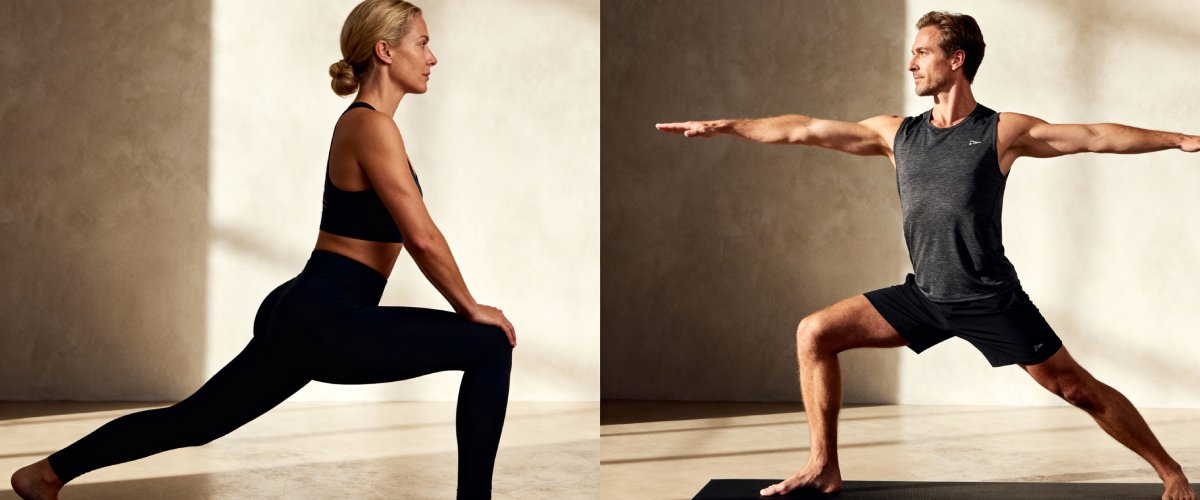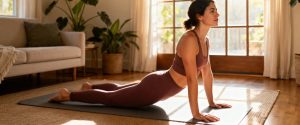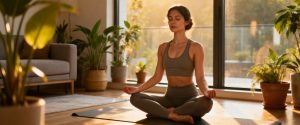What are pilates and yoga?
Have you ever wondered what the difference is between Pilates and Yoga? Both disciplines are super popular, but they are actually very different. Yoga was born over 4,000 years ago in India as a spiritual practice to find inner peace and balance. Pilates, on the other hand, is much younger.
Pilates was created in 1900 by Joseph Hubertus Pilates as a system of physical rehabilitation. While imprisoned during World War I, he developed these exercises to stay strong and help other injured prisoners. His goal was purely physical: to strengthen the body and correct postural problems.
Although both disciplines work the body and the mind, their approaches are completely different. Yoga seeks the union between body, mind, and spirit. Pilates focuses on muscle control, correct posture, and efficient movement. Knowing these differences will help you choose which one best suits your needs.
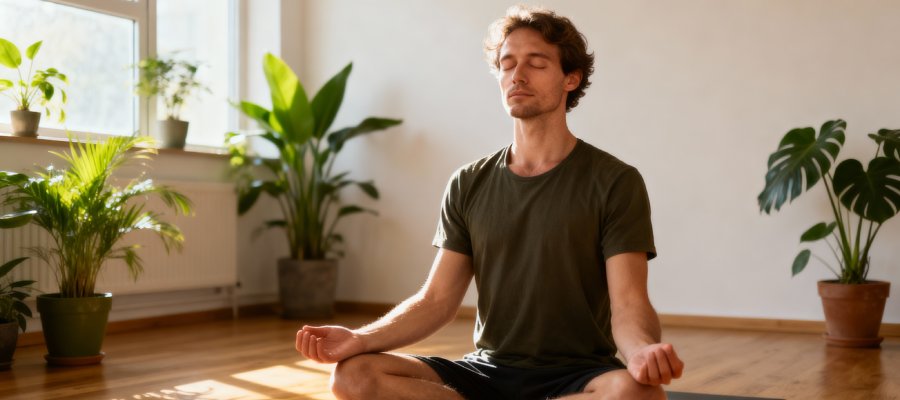

The 7 main differences between Pilates and Yoga
The first major difference lies in the origin and philosophy. Yoga includes meditation, philosophy of life, and spiritual pursuit. In a yoga class, you don’t just move your body, you also work on conscious breathing and inner connection. Pilates is 100% physical, with no spiritual component.
The movements are also totally different. In yoga you hold poses for several seconds or minutes, seeking stability and endurance. In Pilates the movement is constant and fluid, you never stay still. It’s like comparing a photograph to a movie: yoga is static, Pilates is dynamic.
Breathing marks another key difference. Yoga has many types of breathing depending on what you are looking for: to relax, energize, or concentrate. In pilates, breathing is always directed towards the ribs, coordinated with each movement to activate the core and stabilize the spine.
Mental and Spiritual Focus
This is where the difference between the two disciplines is most noticeable. Yoga invites you to reflect, meditate, and connect with yourself. Many classes begin and end with moments of silence or mantras. It is common for a yoga instructor to talk about philosophy, gratitude, or intentions for the practice.
In Pilates, the mental focus is on concentration and body control. You focus on making the perfect movement, activating the correct muscles, and maintaining alignment. It’s a meditation in motion, but without the spiritual component. Your mind is busy coordinating body and breath, not seeking inner peace.
Types of Movement and Equipment
To practice yoga, you only need a mat and comfortable clothing. Some styles use blocks, straps, or bolsters, but they are optional. You can perfectly practice yoga in your living room, in the park, or on the beach. It is a very accessible practice that does not require investment in expensive equipment.
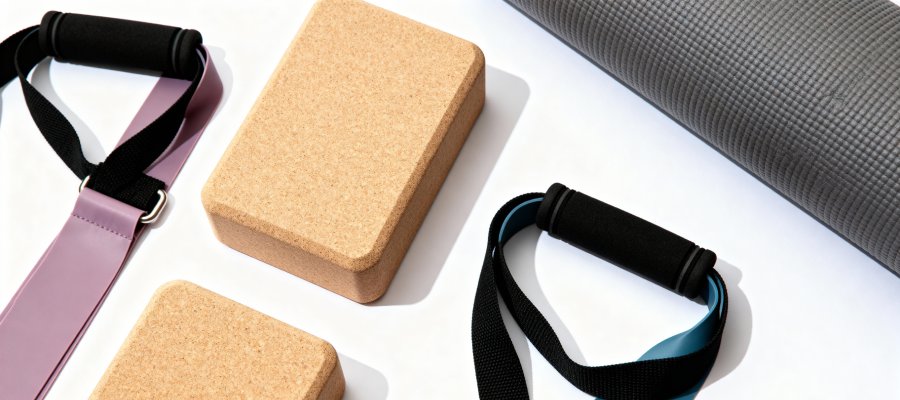

Pilates, especially classical Pilates, uses specific equipment such as the Reformer, the Cadillac, or the Chair. These machines use springs and pulleys to create resistance and assist in movements. There is also mat Pilates, but the machines offer more variety and precision in the exercises.
The intensity also varies greatly. Pilates is usually more physically demanding from day one, especially for the core and stability. In yoga, you can start very gently with Hatha or Yin yoga, and then progress towards more intense styles like Ashtanga or Power yoga according to your level.
Benefits and Which to Choose Based on Your Goals
Both disciplines offer incredible benefits, but some are unique to each. If you’re looking for exercise to help you de-stress after an exhausting day, yoga is unbeatable. Its combination of movement, breathwork, and meditation reduces cortisol and calms the nervous system like no other physical activity.
For postural issues, back pain, or rehabilitation, Pilates is the star. Its focus on the core, correct alignment, and muscle control makes it a very effective therapeutic tool. Many physiotherapists recommend it to strengthen deep musculature and correct imbalances.
When it comes to flexibility, yoga wins by a lot. Its poses are designed to lengthen muscles, open joints, and improve mobility throughout the body. Pilates also improves flexibility, but its priority is strength and control, not so much range of motion.
What is Pilates best for
Choose Pilates if you want visible and quick physical results. It is ideal for toning the abdomen, glutes, and arms, improving posture, and strengthening the back. If you spend many hours sitting working, Pilates can be your salvation to correct posture and eliminate neck pain.
It is also perfect if you enjoy challenging and precise exercises. In Pilates, each movement has a specific purpose, and you must perform it exactly to reap the benefits. If you are someone who enjoys perfecting technique and seeing measurable progress, you will love this discipline.
What Yoga is Best For
Yoga is your best option if you are looking for a holistic practice that takes care of both your body and mind. It is ideal for people with stressful lives, anxiety, or sleep difficulties. The combination of gentle movement, mindful breathing, and calm moments acts as a complete reset for the nervous system.
It is also perfect if you want to gain flexibility, improve balance, or if you prefer low-impact exercises. Yoga allows you to listen to your body and adapt the intensity according to how you feel each day. It is a very personal practice where you don’t compete with anyone, you just explore your own limits with patience and respect.
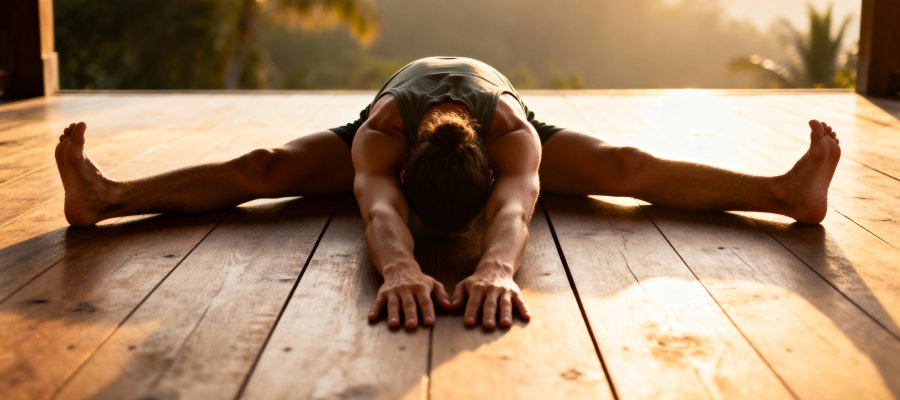

Frequently Asked Questions
Can Pilates and Yoga be combined?
Absolutely! In fact, many people practice both disciplines because they complement each other perfectly. You can do pilates three days a week to strengthen and tone, and yoga another two days to relax and gain flexibility. There is even a modality called “yogilates” that combines elements of both practices into a single class.
Which burns more calories?
In general, pilates burns more calories than yoga because it is more intense and dynamic. A pilates class can burn between 200-400 calories per hour, while gentle yoga burns between 150-250 calories. However, more active yoga styles like Ashtanga or Power yoga can burn up to 400-500 calories per hour.
Which is better for beginners?
For absolute beginners, yoga is usually more accessible. You can start with very gentle classes and increase the intensity gradually. Pilates can be more challenging at first because it requires a lot of control and coordination. However, both disciplines can be adapted to any level if you have a good instructor.
Pilates or yoga for back pain?
For chronic back pain or postural problems, pilates is usually more effective. Its focus on strengthening the core and correcting alignment directly addresses the causes of pain. Yoga also helps, especially with flexibility and relaxation, but pilates offers faster results for structural problems.
Which is more expensive to practice?
Pilates is usually more expensive, especially if it includes equipment like the Reformer. Private pilates classes with equipment can cost between 50-80 euros per session. Yoga is more affordable: a group class costs between 15-25 euros, and you can practice at home with free YouTube videos without needing special equipment.
